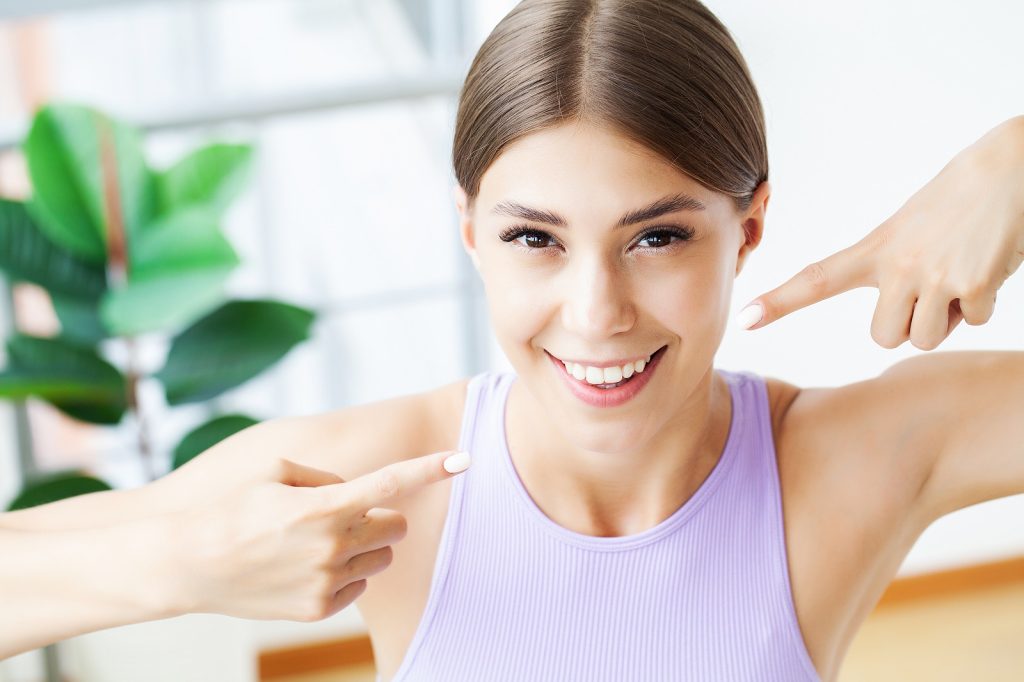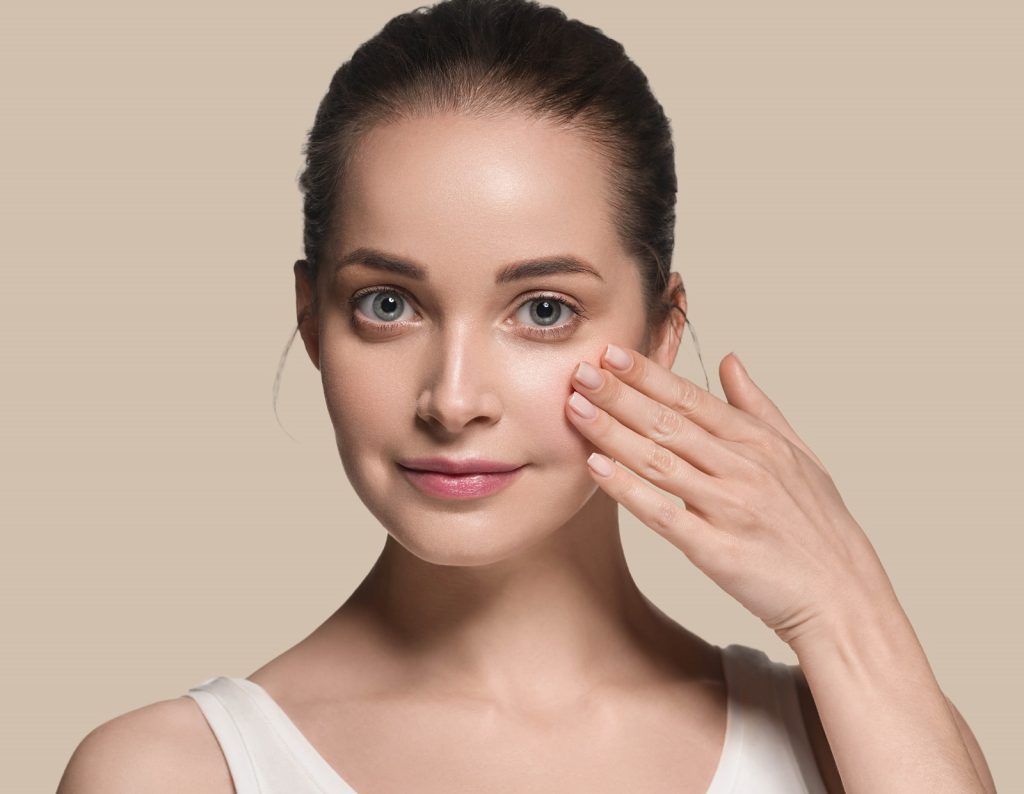The Best Skin Whitening Treatments in Lahore
These days, it seems like everyone’s talking about skin whitening. If you’re looking for the best way to get your fair-skinned glow on, there are a number of different options available for you. In this post, we’ll explore the most effective treatments and how they work so that you can make an informed decision about what will be best for your complexion.
Natural skin whitening treatments are becoming increasingly popular among women, and for good reason. They’re safe for all skin types, inexpensive and can be done at home. Natural skin whitening treatments also offer a wide range of benefits beyond simply lightening the complexion of your face or body.

Exfoliating Your Skin
Exfoliating your skin is an important part of your skincare routine. It removes dead skin cells and helps to keep your complexion looking fresh and healthy, with a natural glow.
Exfoliating can also help prevent acne, blackheads and whiteheads by removing excess oil from the surface of the skin that clogs pores. This helps to prevent breakouts before they happen!
How often should I exfoliate?
The answer depends on your needs – there are different types of exfoliants so choose one that works best for you (see below). You may want to try using an exfoliant once or twice per week at first, but if it’s too harsh then reduce this frequency until it feels like enough without being too harsh on your face!
Using A Toner
Toner is a product that can be used to brighten your skin tone. Toner works by removing any dirt or oil left on the skin after cleansing, as well as helping to moisturize and tone the skin. To use a toner, simply apply some of the product onto a cotton pad and swipe it over your face. If you’re using an exfoliating toner, then gently massage in circular motions for 1-2 minutes before rinsing off with warm water or using a wet cloth.
A good quality toner will contain ingredients such as:
Glycerin – Helps to moisturize dry patches while also balancing out oily areas of skin like the T-zone (forehead/nose/cheeks). This ingredient is especially effective at hydrating parched wintertime complexions because it draws moisture from deep within cells rather than just sitting on top of them like many other moisturizers do!
Citrus Extracts – These help remove any dead cells from clogged pores so they don’t become blackheads/whiteheads later on down road when exposed too much sunlight (which causes oxidation). They also contain antioxidants which help reduce inflammation caused by UV radiation exposure over time leading up
Chemical Peeling
If you’re looking for a fast and effective way to brighten your skin, chemical peels are a great option. They can be done in a dermatologist’s office or at home by using products that are available over the counter. The most common type of chemical peel is glycolic acid, which removes the top layer of skin and leaves it looking smoother and brighter.
Chemical peels work by removing dead cells from the outermost layer of your epidermis (outermost layer). This results in new, healthy skin growing underneath those dead cells so that when they peel off again after two weeks or so, they’ll reveal fresh new cells underneath them!
IPL Treatment
Intense pulsed light (IPL) is a non-invasive treatment that uses light to treat the skin. It’s good for people who want to avoid surgery, and it can be used on all skin types. IPL can also be used to treat a variety of skin conditions, including:
Acne
Rosacea (pink or red flushed cheeks)
Sun damage
HIFU
HIFU is a non-invasive procedure that uses sound waves to stimulate collagen production. It’s a good option for people who are looking for a safe and effective treatment that doesn’t require downtime, but it’s not recommended for people with darker skin tones.
Skin whitening Injections
Skin whitening injections are a good option for people with darker skin tones. You can use them to reduce dark spots, pigmentation and discoloration.
Injections work by inhibiting the production of melanin, which is responsible for giving your skin its color. The most common ingredients used in these treatments are hydroquinone and kojic acid. Hydroquinone is a chemical that reduces the amount of melanin produced by your body but it can also cause side effects like itching or redness. Kojic acid has similar effects as hydroquinone but it has less risk of causing irritation on your skin

Which skin whitening treatment is right for you?
Choosing the right skin whitening treatment can be a daunting task. There are so many options out there, and each one has its own pros and cons.
Here’s what you need to know:
Some treatments work better than others depending on your skin type and condition. For example, if you have oily or acne-prone skin, laser resurfacing may not be best for you because it can make those issues worse over time. On the other hand, if wrinkles are your main concern and lasers aren’t an option due to medical reasons (e.g., previous surgeries), microdermabrasion might be a better option since it doesn’t involve any cutting or burning of the skin like lasers do.*
Topical whitening creams
Topical whitening creams are a safe and effective way to reduce the production of melanin. They work by inhibiting tyrosinase, an enzyme involved in the production of melanin. Topical whitening creams are a good option for people who don’t want to undergo invasive procedures or those with sensitive skin, but they aren’t recommended for pregnant women.
Although it’s important that you talk with your doctor before using any kind of skin-lightening treatment–especially if you’re pregnant–you should also be aware that there are some side effects associated with topical treatments such as irritation and redness at the application site or peeling off flakes from the skin after use (which may lead to further irritation).
Laser and light therapy
Laser and light therapy is a non-invasive treatment that uses intense light to target pigmentation. The light energy is absorbed by the melanin in the skin and converted into heat, which destroys the pigment cells. These are then replaced with new cells, resulting in reduced or even eliminated dark spots or discoloration from previous blemishes or scars.
Injectables and fillers
Fillers are made from hyaluronic acid, which is a natural substance in the body. Hyaluronic acid helps to keep skin looking youthful by keeping moisture levels high and providing cushioning to protect against injury. Fillers are used to fill wrinkles and folds as well as plump up lips and cheeks. They can also be injected into deeper layers of skin for a more dramatic effect on facial contours, such as reducing lines around the mouth or chin area (the nasolabial folds).
Injectable treatments are quick and easy procedures that require minimal recovery time compared with other options such as laser resurfacing surgery or chemical peels where patients need weeks before going back out into public without looking like they just got sunburned at Burning Man festival!
Microdermabrasion
Microdermabrasion is a non-surgical skin resurfacing procedure that uses fine crystals to gently remove the outer layer of dead skin. It’s often used to treat acne scars, sun damage and other skin imperfections.
Microdermabrasion can be used on all areas of your body except your eyelids, lips and genitalia (unless you have discussed with your doctor). If you have any active breakouts or open wounds on the area you wish to have microdermabrasion done then it would be best not to do this treatment until they have healed completely.
Skin whitening treatments are an effective way to reduce dark spots, pigmentation and discoloration
Skin whitening treatments are effective and safe, with the potential to reduce dark spots, pigmentation and discoloration. Skin whitening treatments can be used on all skin types, including darker or sensitive skin that is prone to pigment problems.
Skin whitening treatments can help you achieve an even skin tone that looks younger by reducing the appearance of acne scars, sun damage or other blemishes on your face. They can also help make your complexion appear more radiant by improving blood circulation within the layers of the epidermis (top layer) which helps nourish cells so they stay healthy longer!
As you can see, there are many different ways to whiten your skin. The best method for you will depend on your individual needs and preferences. Keep in mind that not all treatments are right for everyone and it’s important to do your research before committing yourself to any long-term plan or procedure.